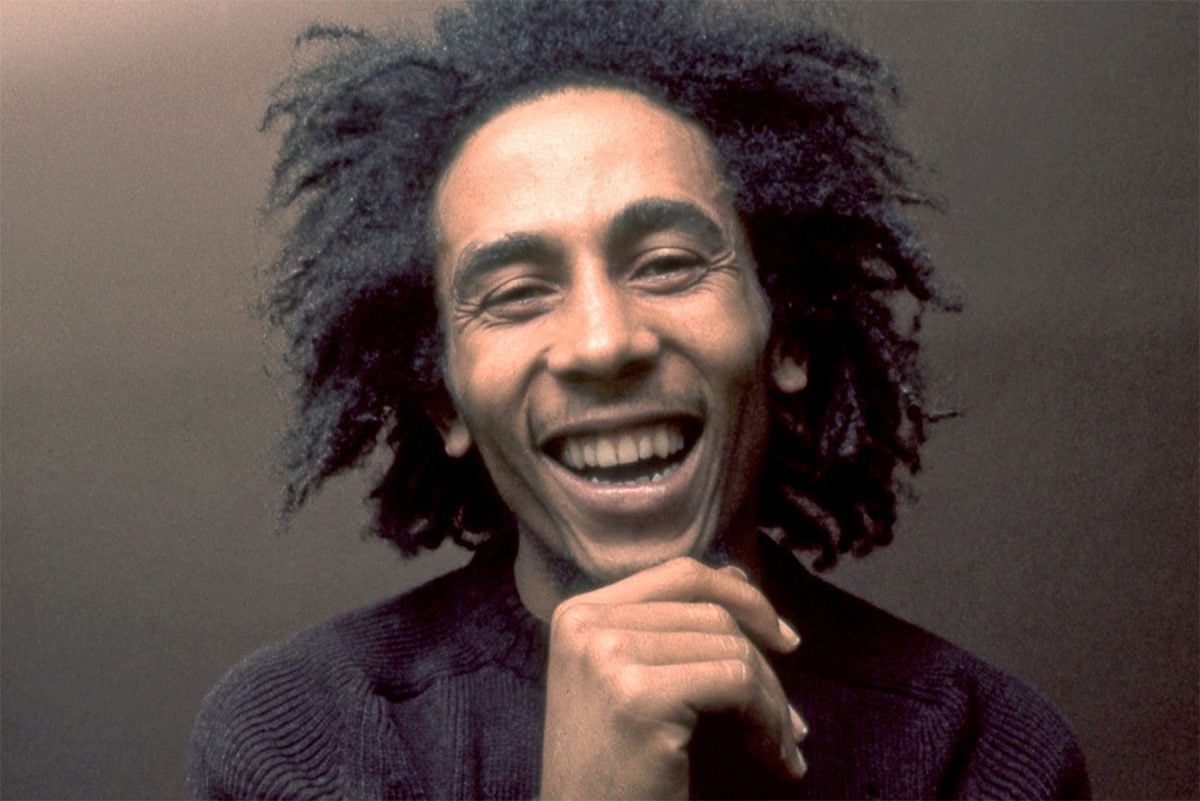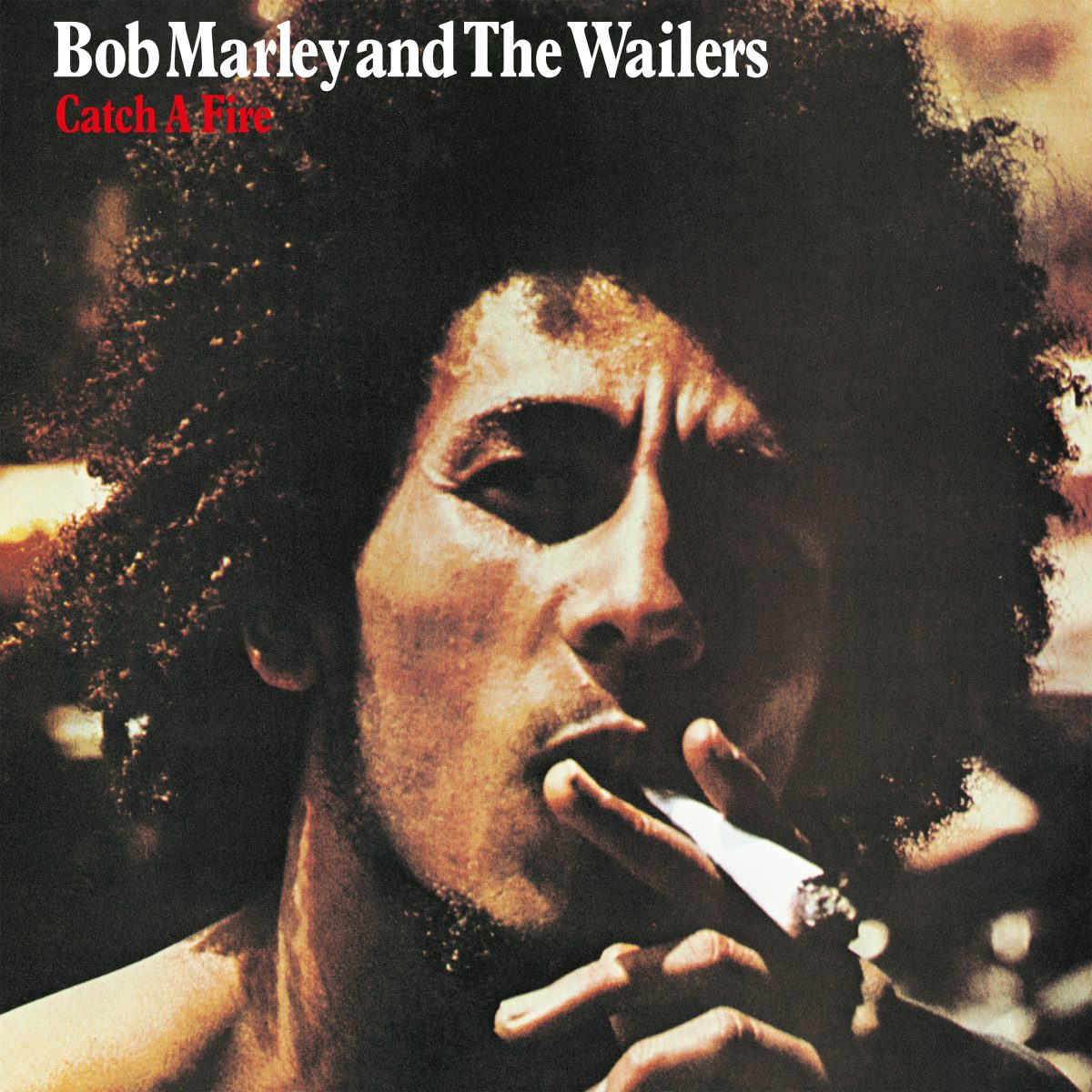Universal Music To Re-Release Bob Marley And The Wailers’ ‘Catch A Fire’

Universal Music Enterprises (UMe) will re-issue the 1973 album Catch a Fire — which propelled Bob Marley, Peter Tosh, and Bunny Wailer to global stardom — on November 3 to celebrate the album’s 50th anniversary.
UMe is the catalogue division of Universal Music Group (UMG), the company that won a contentious copyright court case against Rita Marley and her children over, among other things, copyrights for the Catch a Fire, Burnin’, Natty Dread, Rastaman Vibrations, and Exodus albums 13 years ago.
According to a press release, the album will be available in special formats: a 3 x Vinyl LP + 12 inch set and a 3 CD set, as well as digitally across all platforms.
The release said that LP1/CD1 features the full final studio recording, while LP2/CD2 is the 10-song live album, Live From The Paris Theatre London.
LP3/CD3, titled Sessions, will feature alternative, extended, and instrumental Jamaican versions of the original album tracks.
Also, the additional 12-inch, available with the vinyl offering, and also included on CD3, features three classic tracks, Slave Driver, Get Up, Stand Up and Stop That Train, which was “recorded live at the Wailer’s legendary performance at the Sundown Theatre in the village of Edmonton, North London”.
“These historic recordings have only previously been available as a bootleg. The reverse side of the 12″ has an etched image of the iconic Zippo lighter illustration,” it noted.
According to the release, both LP and CD packages will include a book comprised of classic images of the late Reggae icon, ranging from photo shoots with long-time collaborators Adrian Boot, and Arthur Gorson, Dennis Morris, and Neville Garrick.
“The packages will also include press clippings from the era, while brand new sleeve notes have been written by renowned music journalist and author Chris Salewicz. The formats will utilize both iconic sleeve designs, the original famous Zippo lighter illustration and the later version with Bob smoking a spliff. The D2C offering will be a limited-edition run pressed on colored vinyl,” it stated.
The song Slave Driver, which Ume describes as “one of the most powerful tracks on the album”, will also be released as a single, “accompanied by remarkable live performance footage recently unearthed from the legendary Edmonton show in England in 1973”.
The Slave Driver performance in Edmonton, will mark the beginning of the anniversary celebrations and will be available on the Bob Marley YouTube page, according to the release, which noted that “fans can enjoy an ensemble of videos over the next few months to mark the release of the 50th-anniversary editions in November”.
The Marley family’s attempt to obtain ownership of Catch A Fire, Natty Dread, Rastaman Vibrations and Exodus was thwarted back in September 2010, after a New York judge ruled that UMG owned the copyrights to the five albums that their patriarch recorded between 1973 and 1977 for Island Records, according to a BBC report.
The family had sought millions in damages for UMG’s alleged attempts to “exploit” his recordings. They had accused the company of “intentionally withholding royalties from their Fifty-Six Hope Road Music company” and, among other things, failing to consult with them on key licensing decisions, such as the use of Marley’s music on ringtones.
The judge had ruled, however, that Marley’s recordings were “works made for hire” as defined under US copyright law and, as a consequence, “entitled UMG to be designated the owner of those recordings as the parent company of Island Records, for both the initial 28-year copyright terms and for renewals.
The critically acclaimed Catch A Fire was released in April 1973 and distributed worldwide, a year after Bob Marley and his compatriots Peter Tosh and Bunny Wailer, (then The Wailers) signed a contract with Island Records. Upon release, the album peaked at No. 171 on Billboard’s 200 Chart and reached No. 51 on the R&B chart.
In March this year, along with Exodus and Rastaman Vibration, Catch a Fire made its resurgence into the Top 10 of the Billboard chart, cruising to No. 6.
The album, which is highly regarded as the catalyst that helped to cement Reggae’s place on the world map, was recorded mainly at Dynamic Sounds, Harry J and Randy’s studios in Kingston.
According to the official Bob Marley website, the album was “originally recorded by the Wailers in Jamaica and eventually released with overdubs and a mix overseen by island founder Chris Blackwell at the label’s London headquarters.”
The website notes that “although Bob Marley may have been the main voice” on the album, “every member of the Wailers made valuable contributions and they were never more united in their vision and sound.”
Catch a Fire contains nine songs, two of which (400 Years and Stop That Train) were written and composed by Peter Tosh.
The others, We’ve Got a Date Kinky Reggae, Baby, No More Trouble, Stir It Up, Midnight Ravers, and Slave Driver, were written by Bob. The Gong also penned Concrete Jungle, on which the late Robbie Shakespeare, then 21 years old, played the bass guitar.
During the 15th Annual Bob Marley Lecture at the University of the West Indies (UWI), Mona, in February 2012, Professor Mike Alleyne in discussing how the studio albums the Wailers released through Island Records during Bob Marley’s lifetime were “recorded, packaged, and critically received”, pointed out that Catch a Fire was used by Island Records to create a “reggae-marketing template.”
The professor highlighted the Rock influence, which he said was promulgated by Island’s Chris Blackwell from the start, as the intention was “to establish Marley as a black rock act.”
According to him, the original recording from Kingston was not only substantially remixed in England, “de-emphasising the bass frequencies, but keyboard and guitar overdubs gave a distinctive rock tinge to the album.”
Tony Platt, the engineer for the mixing sessions, he said, made it clear that Bob Marley was there from the very start and was very much a part of the process and “quite aware of where it was going to take him” even while cognizant that “it was a message he wanted to get across.”

